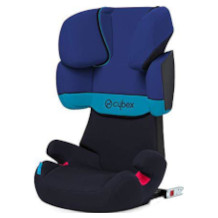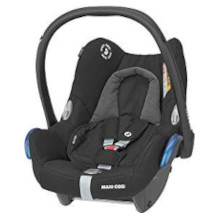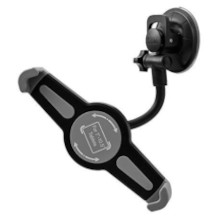Breathalyser purchasing advice: how to choose the right product
- What You Need to Know
- Alcohol consumption leads to impaired concentration and balance, increased risk-taking and prolonged reaction time.
- It is not advisable to drive after drinking alcohol. While driving outside the probationary period and with low blood alcohol levels still goes unpunished, higher levels can result in penalties of varying severity.
- A breathalyser is a good, but still not legally secure, decision-making aid.
- In addition to disposable breathalysers, there are also reusable electronic versions with a display.
- What do I use a breathalyser for?
Breathalysers in the car
A breathalyser, also known colloquially as an Alkomat, measures the alcohol content in the breath. It is used during police checks to test road users for their fitness to drive. This usually concerns car drivers, motorcyclists and cyclists.
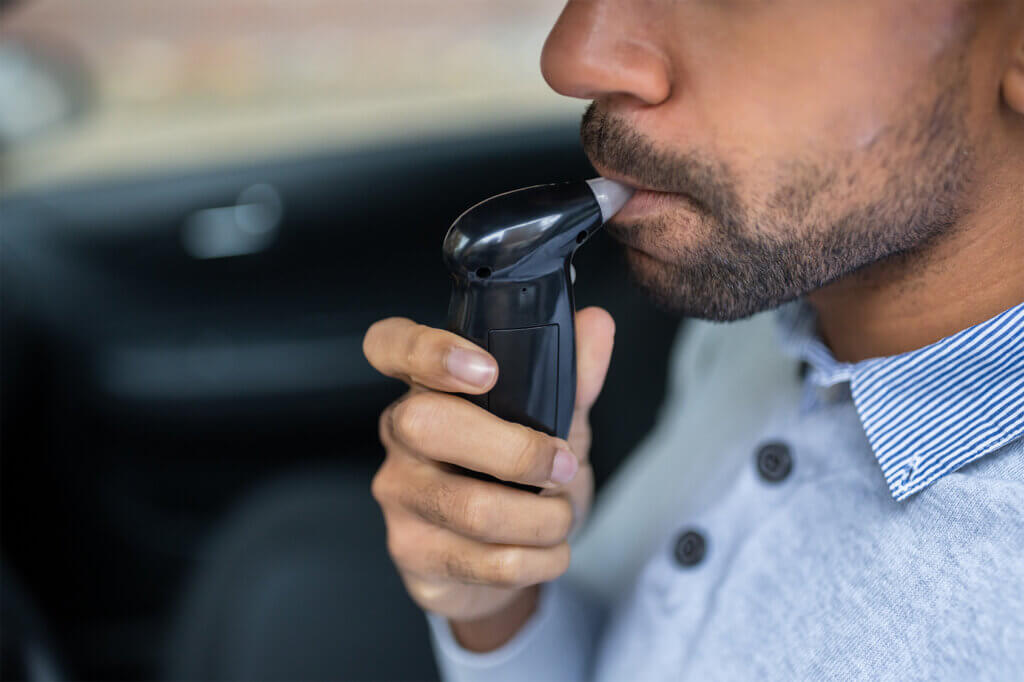
Decision-making aid after a barbecue or party
In general, it is advisable to leave the car after drinking alcohol. If you want to know how high your alcohol level is after a beer in the pub, the regulars’ table with your colleagues or a long party night, you can use such a device to display an approximate value of your per mille level. With the help of this value, you can make a decision as to whether you are still allowed to use your car on the way home. However, you are only on the safe side if you follow the maxim “Don’t drink and drive”.
How a breath alcohol measurement works
To measure the alcohol level, the test person blows into a tube for a certain period of time. In high-quality digital models, an acoustic signal is emitted when the sufficient amount of air is reached. The tester, often a police officer, can read the result after a short time: in the case of an analogue disposable blowtube by a colouring and on a digital display of an electronic test device by the display of a numerical value. In contrast to the blowtubes, the electronic devices can be used many times. The mouthpiece must be changed between each use to provide a sterile testing environment for all users.
Why is the blood alcohol content measurable in the breath?
When we breathe, the alveoli in the lungs take up oxygen and release carbon dioxide. After consuming alcoholic beverages, ethanol is also emitted via the breath, which comes from the bloodstream. The measuring devices can determine this ethanol value. It allows conclusions to be drawn about the alcohol concentration in the blood. You may have to calculate for this: The blood alcohol level in parts per thousand is twice as high as the breath alcohol content in milligrams per litre. If you have an alcohol testing device that gives the value in “mg/l”, you must double this value. This will give you the alcohol level.
Promille limits in road traffic
Many people still underestimate the dangerous effects of alcohol consumption. Figures from the European Monitoring Centre for Drugs and Drug Addiction confirm this. According to these figures, one quarter of the 30,000 road deaths in the European Union each year are attributable to alcohol. Alcohol is a socially accepted intoxicant that is widespread in all social classes. Many traditional events include a glass of beer or wine.
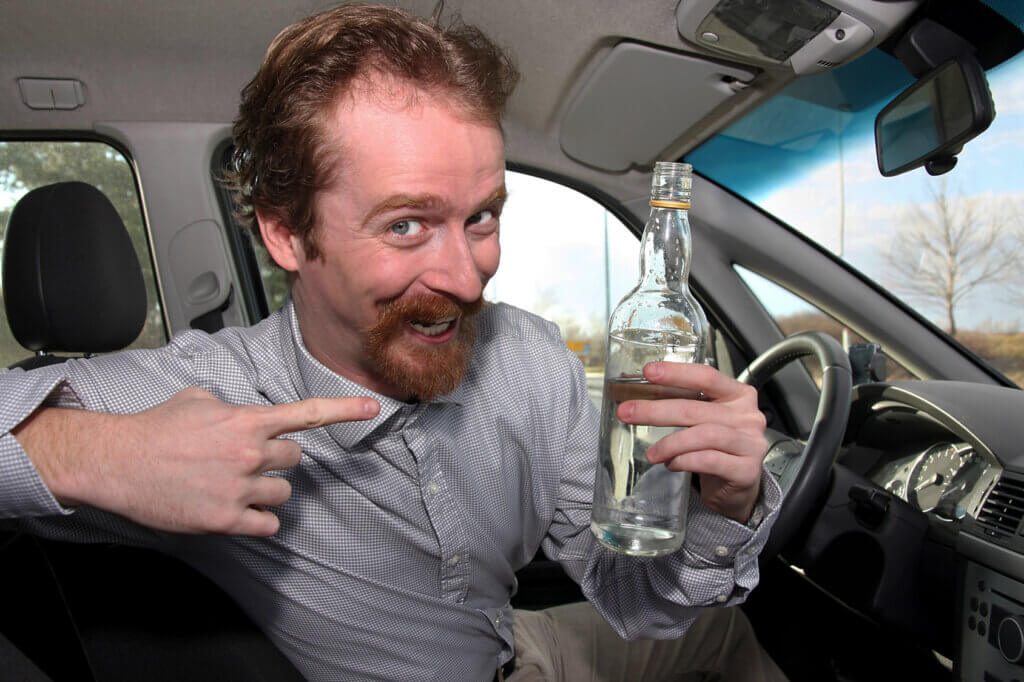
Alcohol consumption causes a prolonged reaction time. In dangerous situations, this can have devastating consequences. Drunk people often underestimate dangerous situations. Even after a small amount of alcohol consumption, the risk of accidents increases for car, motorbike and bicycle drivers as well as pedestrians: hearing and vision are impaired and concentration and reaction speed decrease measurably. The distance to objects and other road users as well as speeds are misjudged. Many drunk drivers are less aware of dangers, which makes them more willing to take risks. We take a closer look at the blood alcohol limits in Germany in an extra chapter later in the text.
Different models
There are two different types of breathalysers: simple blow tubes for one-time use that roughly indicate the breath alcohol content by changing colour, and electronic devices with exchangeable mouthpieces that show a value on a digital display after “blowing”.
Blow tubes: inexpensive, technically simple, but can only be used once
Blow tubes are the classics among alcohol testers. These rather simple test tubes use a chemical reaction to indicate potential alcohol consumption by colour. They have a limited shelf life, are intended for single use and do not require energy. So unlike electronic meters, no batteries or other power sources are needed.
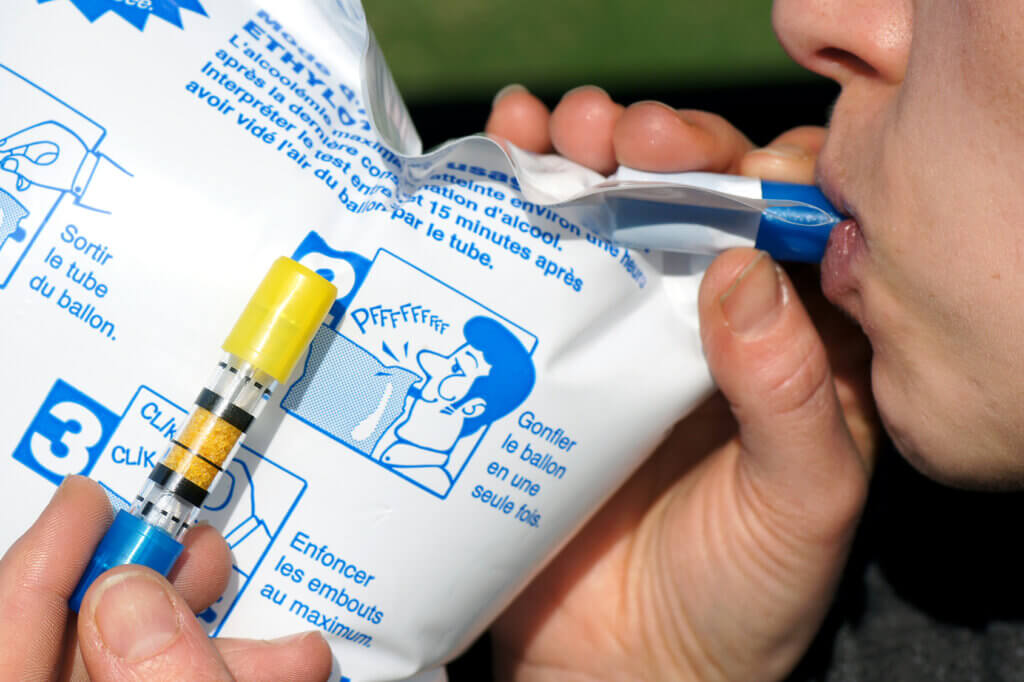
The blow tubes are the classics among breathalysers, they have been familiar to car drivers for decades. They were developed by the Dräger company as early as 1953 – until then, only direct measurement of the alcohol concentration in the blood was possible. The uncomplicated tubes caught on. Dräger discontinued production in 2016 and has since concentrated on electronic hand-held measuring devices, stationary measuring devices and Alcolocks.
Most test tubes have a pouch. With these models, you blow until you have completely filled the bag with breathable air. The use of test tubes without a bag is a little more complicated: you have to observe an indication of how long and at what pressure you have to blow to get a useful measurement. The control function through the filled bag is omitted with these models.
The blow tubes are also known as Alcotest. If the exhaled air contains ethanol due to the consumption of alcohol, the testers react with a chemical reaction: If the display area in the tube changes colour, alcohol consumption can be concluded. The stronger the discolouration, the higher the presumed alcohol consumption.
A big advantage of these tubes is their low purchase price. Disadvantages, however, are the limited shelf life, the one-time use and the necessity to interpret the discolouration in the test area. There is no clearly readable numerical value as with electronic models.
Carrying mandatory in France
France is the first country in the EU to make breathalysers compulsory to carry. It doesn’t matter whether it’s the disposable bladder tubes described or an electronic measuring device. However, you should make sure that the tester is approved according to the French standard. Some online shops mark such approval with the NF certificate. In the meantime, however, it has become more difficult to get approved models in shops, even in France; they are often sold out. Therefore, the following bizarre legal situation currently applies: As a driver, you are obliged to carry a breathalyser in your car or on your motorbike. However, there are no penalties for non-compliance.
Electronic testers: more expensive, more accurate, reusable
Electronic alcohol testers, also known as hand-held testers, show a numerical value on a display after the breath alcohol test. You may already know such models yourself from a police check.
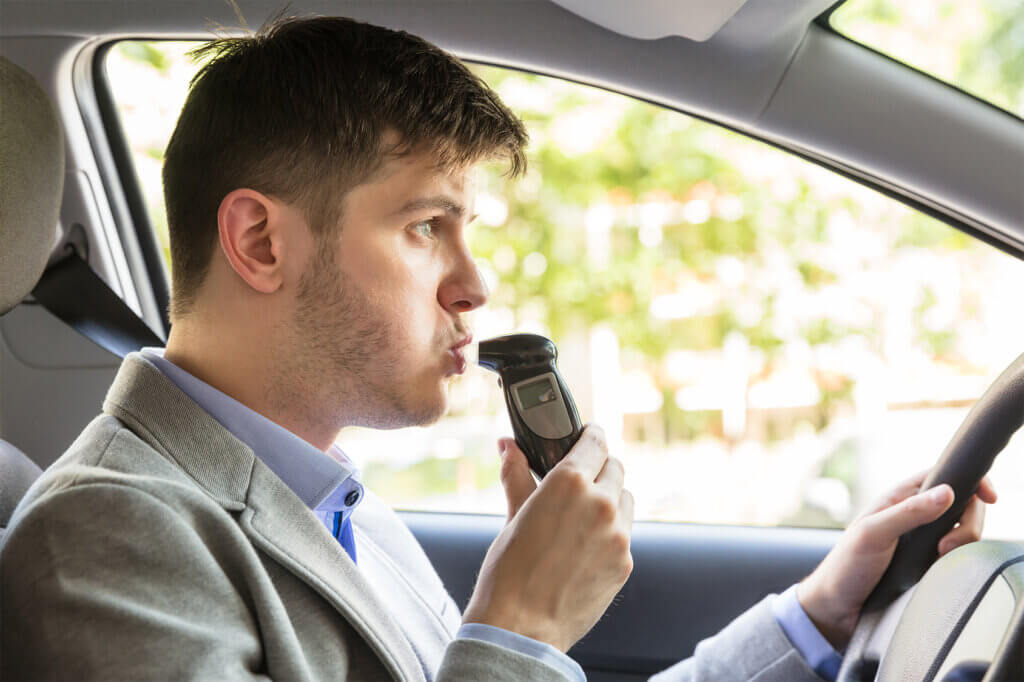
The devices used in the private sector usually have a lower measuring accuracy than the standardised models used by the police. You can also purchase some of these as a private individual. In most cases, however, the price-performance ratio is not right for you as a private person: they are very expensive. Measurement tolerances of commercially available devices are approximately in the range of 5 percent. This means that they still provide a sufficient orientation value and can be used as a decision-making aid for road users. Some manufacturers advertise that they can achieve measurement inaccuracies of up to 0.05 percent.
Three different measuring methods for electronic devices
Unlike a blow tube, the measurement in electronic versions does not take place through a chemical reaction and a subsequent colour change. Rather, you have to distinguish between three different techniques: Models with an electrochemical sensor, semiconductor sensor and infrared sensor.
Most electronic breathalysers work with an electrochemical sensor. In these designs, electrodes monitor whether an element to be tested – more specifically: ethanol – is present. If this is the case, an electrochemical reaction occurs between the built-in electrodes. A resulting voltage difference causes a sensor signal that is used to determine the concentration of alcohol in the breath.
In devices with a semiconductor sensor, if an alcohol concentration is present, oxidation takes place with oxygen consumption. The stronger the oxidation, the higher the measured and consequently displayed breath alcohol value.
Models with an infrared sensor measure the alcohol concentration in the breath by absorbing certain wavelengths of light.
Instructions for use and advantages of electronic testers
For the breath alcohol measurement, the person to be tested blows into a mouthpiece, which he or she puts on the blow-in opening of the device beforehand. The mouthpiece is usually used only once and should be disposed of for hygienic reasons. Unlike the blow tubes, the electronic models can be used many times. The only limitation is that users have to send the devices to the manufacturer for calibration at regular intervals.
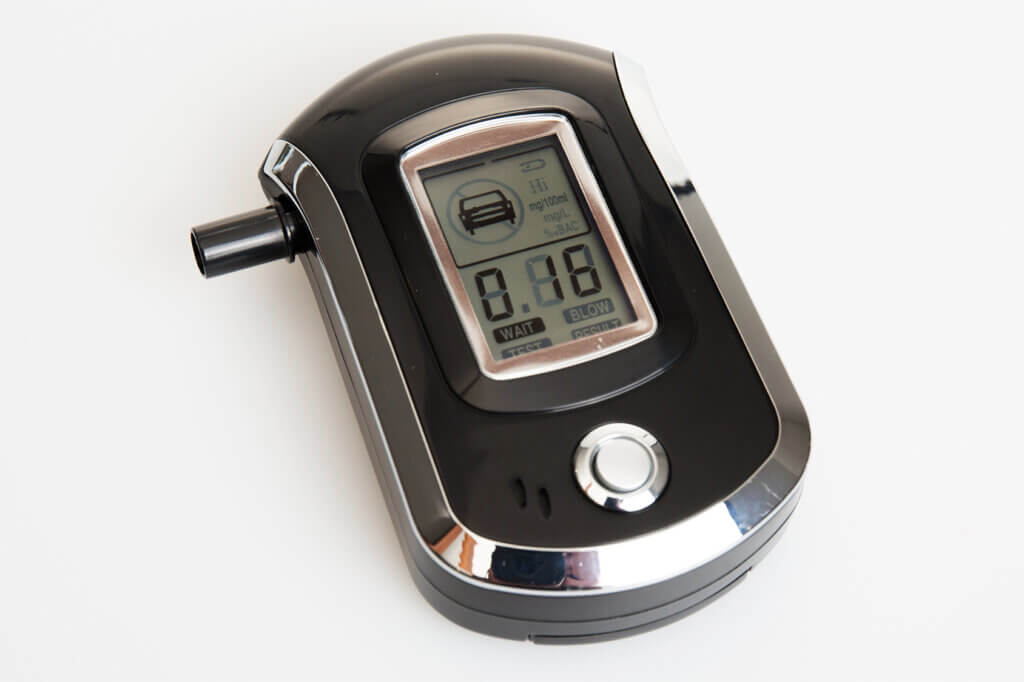
Compared to the blow tubes, the electronic alcohol testers are characterised by a higher measuring accuracy, the theoretically infinite reusability as well as the possibility to read the result of the measurement on a display. This eliminates the scope for interpretation that exists with disposable blowtubes.
The disadvantage is the comparatively high purchase price. An electronic device is worthwhile especially if you use it regularly. In addition, the need for an energy source, usually a battery, is a hindrance. It can happen that the battery is empty just when you want to use the device. Some users also find it annoying that the testers have to be calibrated regularly by the manufacturers.
In most cases, the displayed value is not admissible as evidence in court, but only serves as a rough guide. Law enforcement authorities obtain a legally reliable result through a blood test ordered by a judge.
Stationary measuring devices and Alcolock
In addition to the three types of mobile electronic measuring devices already mentioned, there are stationary breathalysers, which are, however, much less common. Often their measuring accuracy is higher, as many models perform both an electrochemical and an infrared measurement. However, this double measurement method has its price. The devices are prohibitively expensive for private individuals and are also impractical due to their size. Therefore, only mobile hand-held measuring devices are included in our comparison.
An alcohol measuring device permanently installed in a car is called an Alcolock, alcohol ignition interlock or alcohol immobiliser. In vehicles with this safety system, the driver must pass an alcohol test by “blowing” before starting the car. The engine only starts if the test is negative or if the preset alcohol limit is not exceeded. The system is therefore designed to prevent drink-driving.
In some countries Alcolock is required by law
In some countries, the installation of an Alcolock can be made compulsory for people who drink and drive, for example in the USA. In France, the use of alcolocks in school buses has been mandatory for several years. In Germany and Austria, on the other hand, there is still no legal framework. Those who want to retrofit the system must expect costs starting at 1,000 euros.
Promille limits in Germany
In Germany, there are clear regulations for driving under the influence of alcohol. We list below when you should leave your car, motorbike or bicycle, walk home or use alternatives such as public transport or a taxi.
Drink-drive limits for car and motorbike drivers
Participation in road traffic under the influence of alcohol is only exempt from punishment within a narrowly defined range. Anyone caught with too high a blood-alcohol level must reckon with consequences – car, motorbike and bicycle drivers alike. Many underestimate that not only the acute intoxication, but also the residual alcohol the next day can have consequences.
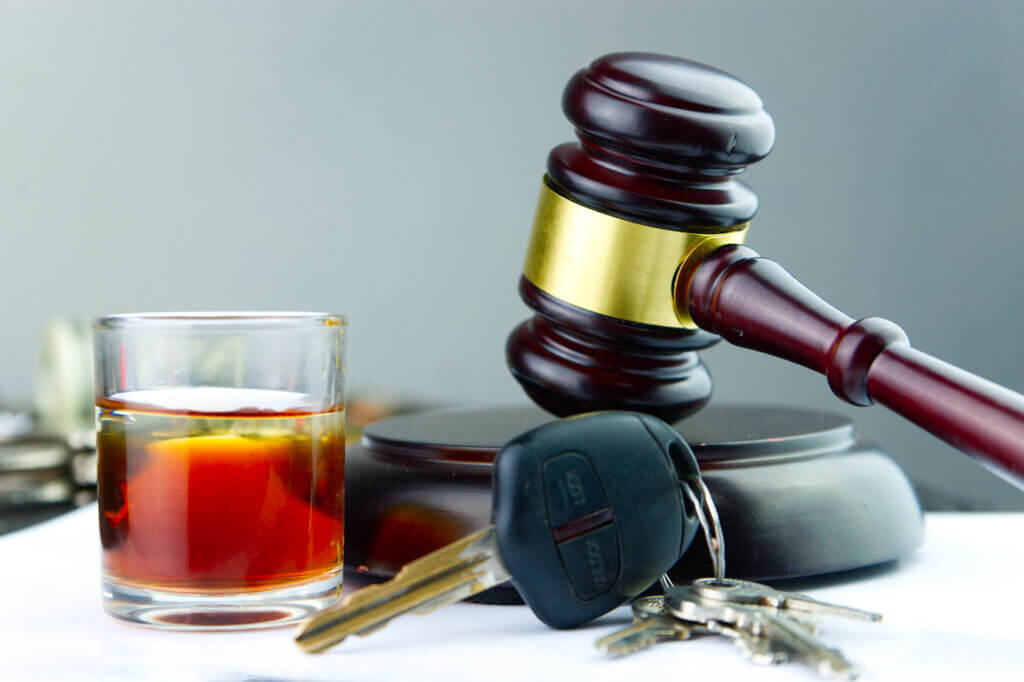
Drivers who are tested with a blood alcohol level of between 0.50 and 1.09, but do not show any alcohol-induced conspicuousness such as risky driving manoeuvres or serpentine lines, “only” commit an administrative offence. This is followed by a fine of 500 to 1,500 euros, a one-month driving ban and two points in the driving suitability register in Flensburg. Once this ban has expired, offenders will have their driving licence returned.
Stricter limits apply to novice drivers
For novice drivers who are still in their two-year probationary period or are under 21 years of age, a complete ban on drinking and driving applies. Anyone caught driving under the influence of alcohol, or more precisely with a level of up to 0.5 per mille, must expect a fine of 250 euros and a point in Flensburg. In addition, a remedial seminar is ordered and the probationary period is extended by another two years. Furthermore, the same penalties apply as for drivers who are no longer on probation.
Absolute inability to drive
Drivers who are stopped with a higher blood alcohol level are no longer committing an administrative offence in the legal sense, but are already in the area of a criminal offence. This is considered to be the case if the driver has a blood alcohol concentration of 1.1 per mille or more. In this context, it is irrelevant whether alcohol-related impaired driving has occurred previously.
Relative inability to drive
Even with low test results from about 0.3 per mille, a misdemeanour can already become a criminal offence: namely if alcohol-related signs of impaired driving became noticeable. This could be driving in a serpentine manner or an accident typical for drunk drivers. In this case, there is the threat of a fine, repeat offenders must even be prepared for a custodial sentence. In addition, the driving licence will be revoked for at least six months. In the case of an alcohol-related accident, the ban increases to a whole year.
Criminal consequences
The amount of the fines imposed always depends on the economic circumstances of the offender. In addition, the driving licence may be suspended for a certain period of time. No new driving licence will be issued before the end of this suspension period. The person concerned cannot therefore take a new driving test. From 1.6 per mille, a medical-psychological examination (MPU) is also mandatory before a potential new licence can be issued. This also applies to repeated drunk driving, even if the measured value is below the threshold of 1.6 per mille.
Trouble with the insurance company is inevitable
In the case of accidents after drinking, the insurance company can charge the driver for third-party damages of up to 5,000 euros. In the case of comprehensive insurance, the insurer can reduce or completely refuse payment for the own damage to be compensated.
Promille limits also apply to bicycle use
Many people use their bicycles to get home after going to the pub. However, you should be aware that an alcohol limit also applies here. From 1.6 per mille, cycling is a criminal offence. It is associated with a fine amounting to one month’s net salary and two points in Flensburg. In addition, a medical-psychological examination (MPU) is ordered. If the test is not passed, the driving licence may be revoked. In rare cases, authorities can also prohibit cycling if the danger of repeated drunk driving is deemed to exist.

Even as a pedestrian you are not in a legal vacuum
There is no fixed alcohol limit for pedestrians. If you cause an accident as a pedestrian while drunk, you must nevertheless expect to be legally prosecuted and liable for the damage.
Measurement inaccuracies possible
Many breathalysers only give an approximate value. High-quality models provide results with smaller deviations. Measuring devices used by the police for traffic controls work with deviation tolerances of about 0.05 per mille. You should nevertheless remember your own responsibility when using them. Such a device can provide a good orientation, but never take away a decision. If in doubt, better change to public transport.
Do not consume anything before the check
You will get the most accurate measurement if you do not consume any substances ten minutes before the breath test. You should not eat, drink, smoke or take any medication during this period. Between the last alcoholic beverage consumed and the measurement, even 20 minutes should have passed. You can also reduce the risk of measurement errors by repeating the test after five minutes. If there is no noticeable difference between the two readings, there is a high probability that the measurement was correct.
Is alcohol testing at work legal?
Normally, all employees are obliged to refrain from consuming alcoholic beverages at the workplace as well as during working hours outside the workplace. In principle, the employer is also entitled to control the rule. However, this right only comes into play if there is reasonable suspicion that the employee is defying the instruction and is under the influence of alcohol at the workplace. Subjecting an entire department to a mass check or demanding random checks without reasonable suspicion is not permissible. Exceptions exist in the case of dangerous jobs, for example pilots, police officers, firefighters, bus drivers and similar occupations in which employees participate in road traffic or operate machinery.

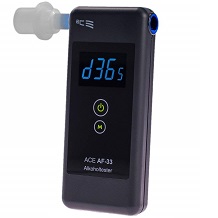
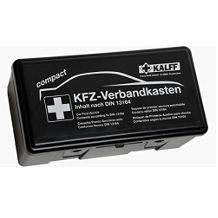



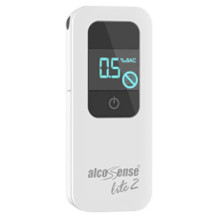
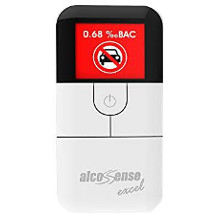

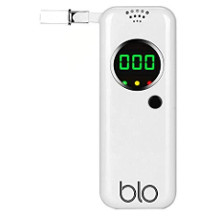
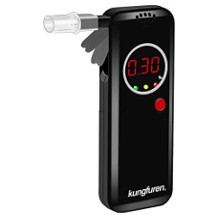
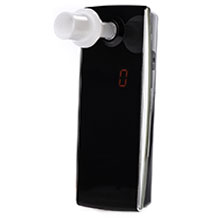
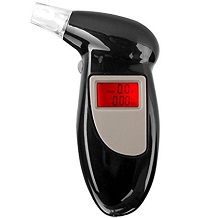
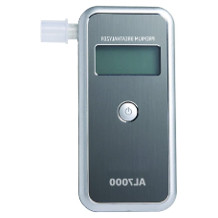
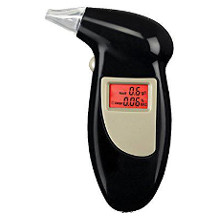

 911 reviews
911 reviews
